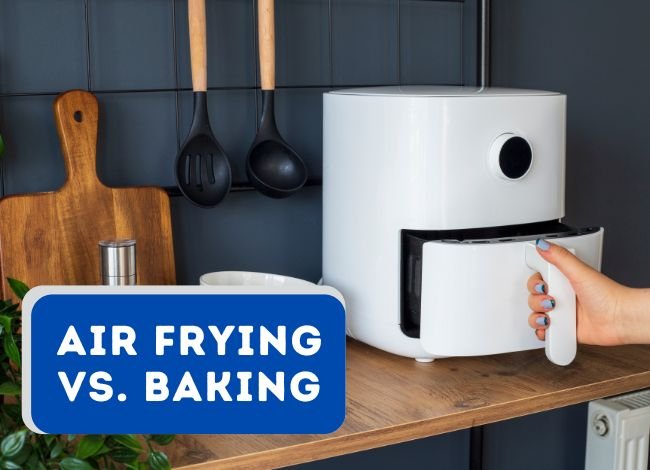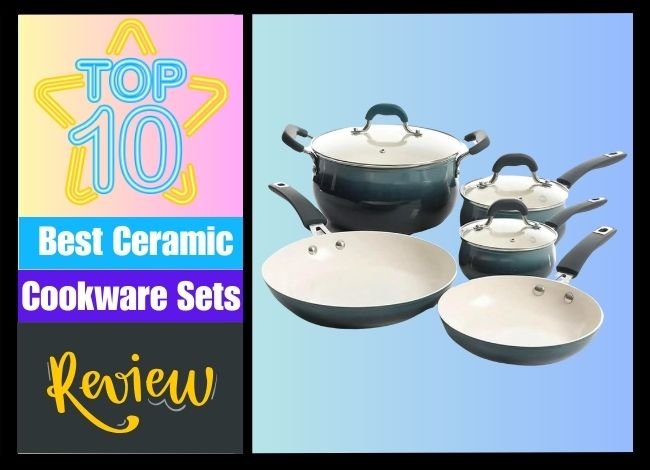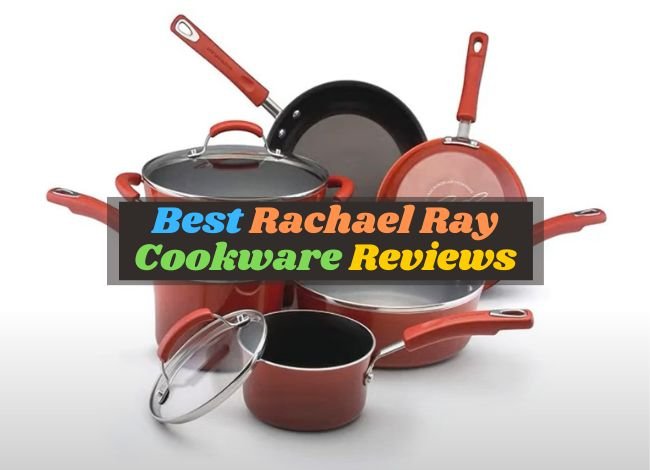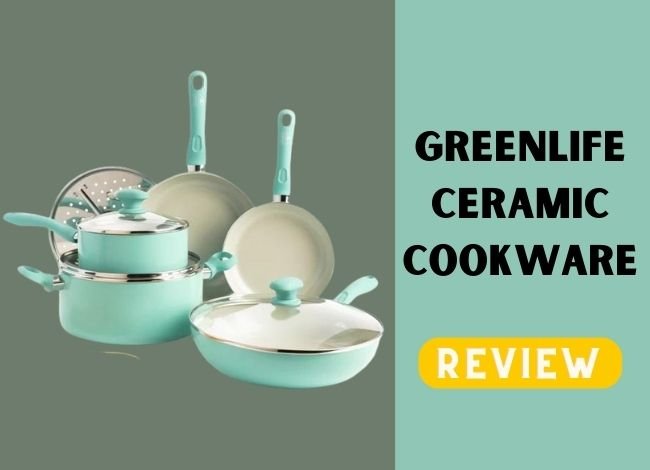Last Updated on March 27, 2024
In today’s culinary landscape, the battle between traditional baking and the innovative air frying technique is a hot topic among cooking enthusiasts. Each method has its champions and detractors, with arguments often revolving around health benefits, ease of use, and, of course, the end result in terms of taste and texture. Let’s dive into this comparison, focusing on the intriguing concept of air fryers, the role of toaster ovens, and a conclusion that might help you decide which method suits your cooking style best.
Air Fryers: One-Trick Ponies or Specialty Must-Haves?
Air fryers have surged in popularity, thanks to their promise of delivering the crispy, fried food experience without the drawbacks of deep frying. But are they merely one-trick ponies or indispensable kitchen gadgets? At their core, air fryers use rapid air technology to cook food, circulating hot air around it to achieve a crispy exterior with minimal oil. This method not only reduces fat intake but also slashes cooking times, making it an excellent option for busy individuals seeking a quick and healthier alternative to traditional frying.
However, air fryers are not without their limitations. Their compact size can be a double-edged sword; while it allows for quick heating, it also limits the quantity of food you can cook at once, making it less ideal for larger families or meal prep. Moreover, despite their versatility in cooking a range of dishes, from vegetables to meats, they can sometimes yield uneven results if not used correctly.
In summary, air fryers are a specialty must-have for those who prioritize speed and health in their cooking. They are particularly suited to small households or individuals who have a penchant for fried foods but want to reduce their calorie intake without sacrificing taste.
Convection Ovens: Time-Tested, Mother-Approved
Baking in a convection oven is a time-tested method that has been mother-approved for generations. Unlike air fryers, convection ovens are equipped with a fan and exhaust system that circulate hot air around the food, leading to even cooking and browning. This method is not only suitable for baking but also for roasting and broiling, offering a versatility that air fryers can struggle to match.
One significant advantage of convection ovens is their capacity. They can accommodate larger quantities of food, making them ideal for meal prep and family dinners. Furthermore, even heat distribution ensures that food is cooked uniformly, reducing the chances of under or overcooking.
While convection ovens may take longer to cook than air fryers and require a bit more oil for certain recipes, the quality of the results is often superior, especially for baked goods like bread and pastries, which benefit from an oven’s humid environment. Moreover, the precision and control offered by convection ovens can be more satisfying for those who enjoy cooking as a hobby.
Air Fryers: A Cool Concept, But Are They Worth the Price?
Air fryers have surged in popularity due to their promise of delivering the crispy texture of fried foods without the need for excessive oil, making them a healthier alternative for those who love fried cuisine. This appliance works by circulating hot air around the food, cooking it evenly and quickly. This method not only reduces the fat content of traditional frying but also speeds up the cooking process compared to conventional ovens.
However, the main contention with air fryers lies in their cost. High-end models can be quite pricey, raising questions about their value for money. While the initial investment may seem steep, the benefits of healthier eating and convenience could outweigh the costs over time. Air fryers are particularly appealing for small households or for people with busy lifestyles, offering a quick and easy way to prepare meals. Furthermore, the compact size of air fryers makes them ideal for kitchens with limited space, adding to their appeal.
Despite these advantages, it’s important to consider whether the use you’ll get out of an air fryer justifies its price tag. An air fryer could be a worthwhile investment for those who frequently enjoy fried foods and are looking for a healthier alternative. On the other hand, occasional cooks might find it less essential.
Toaster Ovens: A Mediocre Middleman
Toaster ovens have long been a staple in many kitchens, prized for their versatility in baking, broiling, and toasting. However, when compared to air fryers and traditional ovens, toaster ovens might seem like a mediocre compromise. They typically do not provide the same level of crispiness that an air fryer can achieve nor the uniform baking quality of a conventional oven.
One of the main criticisms of toaster ovens is their inconsistency. Depending on the model, some may not distribute heat evenly, leading to unevenly cooked food. Moreover, while they are more energy-efficient than conventional ovens for small batches of food, they can’t accommodate larger dishes or quantities, limiting their utility for bigger meals.
Nonetheless, toaster ovens have their place in the kitchen. They’re an excellent choice for quick, small-scale cooking tasks, such as reheating leftovers or making a small batch of baked goods. Their compact size also makes them suitable for small living spaces where a full-sized oven might not be practical.
Conclusion
When deciding between air frying and baking, consider your cooking habits, health goals, and kitchen space. Air fryers offer a healthier alternative to traditional frying and are great for quick, convenient meals, albeit at a higher upfront cost. On the other hand, toaster ovens, while not excelling in any particular area, offer versatility and convenience for everyday cooking tasks.
Ultimately, the best cooking method depends on your personal preferences and needs. If you prioritize healthy eating and convenience, an air fryer could be the perfect addition to your kitchen. However, if you value versatility and prefer not to invest in another kitchen gadget, a toaster oven or a traditional oven might serve you better. Each method has its own set of benefits and limitations, and the right choice varies from one cook to another.




